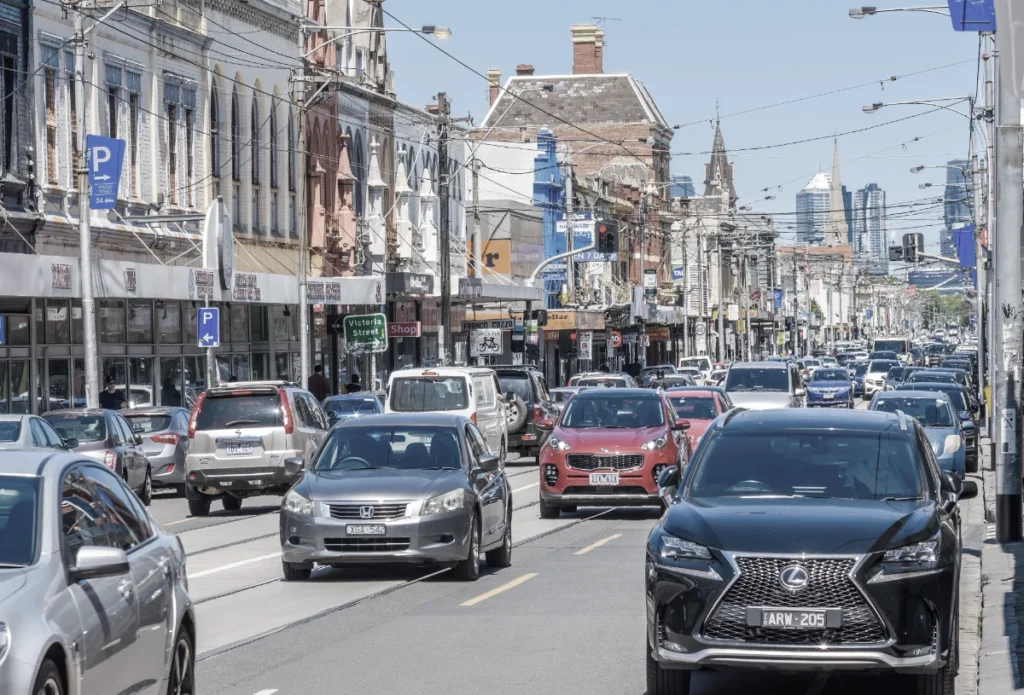Roads going full circle: low impact and smart solutions
Carlos Solis-Navarro, AECOM
The Opportunity
Sydney’s population is projected to double to 8 million by 2060. This growth places added pressure on state governments to provide necessary infrastructure. The Easing Sydney’s Congestion program has been delivering significant infrastructure upgrades and has become a platform for innovation. It has been able to achieve more sustainable pavements through the use of warm mix asphalt on each project, and overseas experience has reported that warm mixes could increase efficiency by 20%, and reduce material costs.

Key Benefits
Warm mix asphalt was identified as one technology that would contribute to delivering projects in more efficient and sustainable method. Warm mixes are manufactured to allow their mixing, working and compaction at a lower temperature than conventional hot mixes. The key outcomes are as follows -
- As less heating is required, the production of warm mixes is less energy intensive than hot mixes, which means lower carbon emissions.
- After being laid, warm mix temperature doesn’t take as long to reach a safe level to allow traffic onto, reducing traffic disruption and delays. This benefits the community, as it is more convenient than a regular roading project. The reduction in traffic delays also lowers associated carbon emissions.
- A lower mix temperature is safer to workers and the public as the reduces the risk of heat related injuries.
- Work efficiency is increased as layers can be added faster, due to the reduction in time taken for each layer to cool. This means total project time is reduced. Again, this benefits the community by reducing inconvenience.
Outcomes
There are 4 key recommendations and initiatives that are being adopted on the ESC Program, as listed below. The aim of these is to ensure greater adoption of these technologies and a better understanding of the potential benefits in terms of construction programme savings, energy consumption savings and fume emissions reduction.
- Contractual documentation (drawings and specifications) shall clearly instruct suppliers of reduced manufacturing temperature requirement and shall include reference to AS/NZS 2891.2.2 for calculation of the equivalent compaction temperatures.
- Further data gathering from multiple sites to be able to report more robust conclusions. Data is to be linked to productivity data such as tonnes laid, time to compact, time on the road and time opened to traffic. All these data compared to hot mix asphalt would allow for efficiency benefits to be measured.
- Trials are to be conducted with AC14 and warm mix.
- Recommendation to investigate mechanisms of data gathering in assessing carbon footprint and energy consumption. This will increase the ability to report benefits in these areas.
